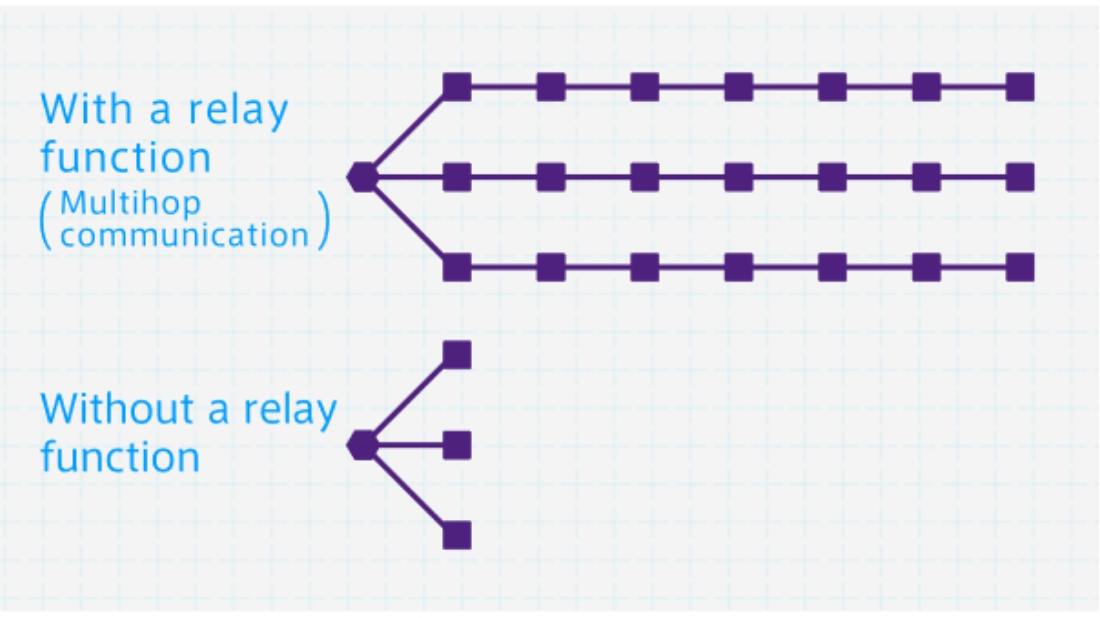- HOME
- Nessum Marketplace
- Nessum for Building Automation System
Innovative Communication Technology
Achieve cost-effective IP
communication over existing wiring
Reduce Installation and Maintenance Costs in Building Automation Systems
As building automation systems evolve, upgrading legacy RS485 networks to IP is essential for improving performance and scalability. However, the higher cost of rewiring has been a major obstacle. Nessum enables seamless IP communication over existing wiring, eliminating the need for costly Ethernet cable installations. This lowers installation costs and simplifies maintenance, helping address labor shortages and reducing on-site work. In addition, it helps reduce carbon emissions by eliminating the need for extensive construction work and optimizing power consumption through high-precision energy management during operation and maintenance.
Core Value for Building Automation System Companies
Significant installation cost savings by eliminating expensive rewiring for IP migration

Reduced on-site work through easier installation, operation, and maintenance

Case Study:
Why Nessum is the Best Choice for Building Automation Systems
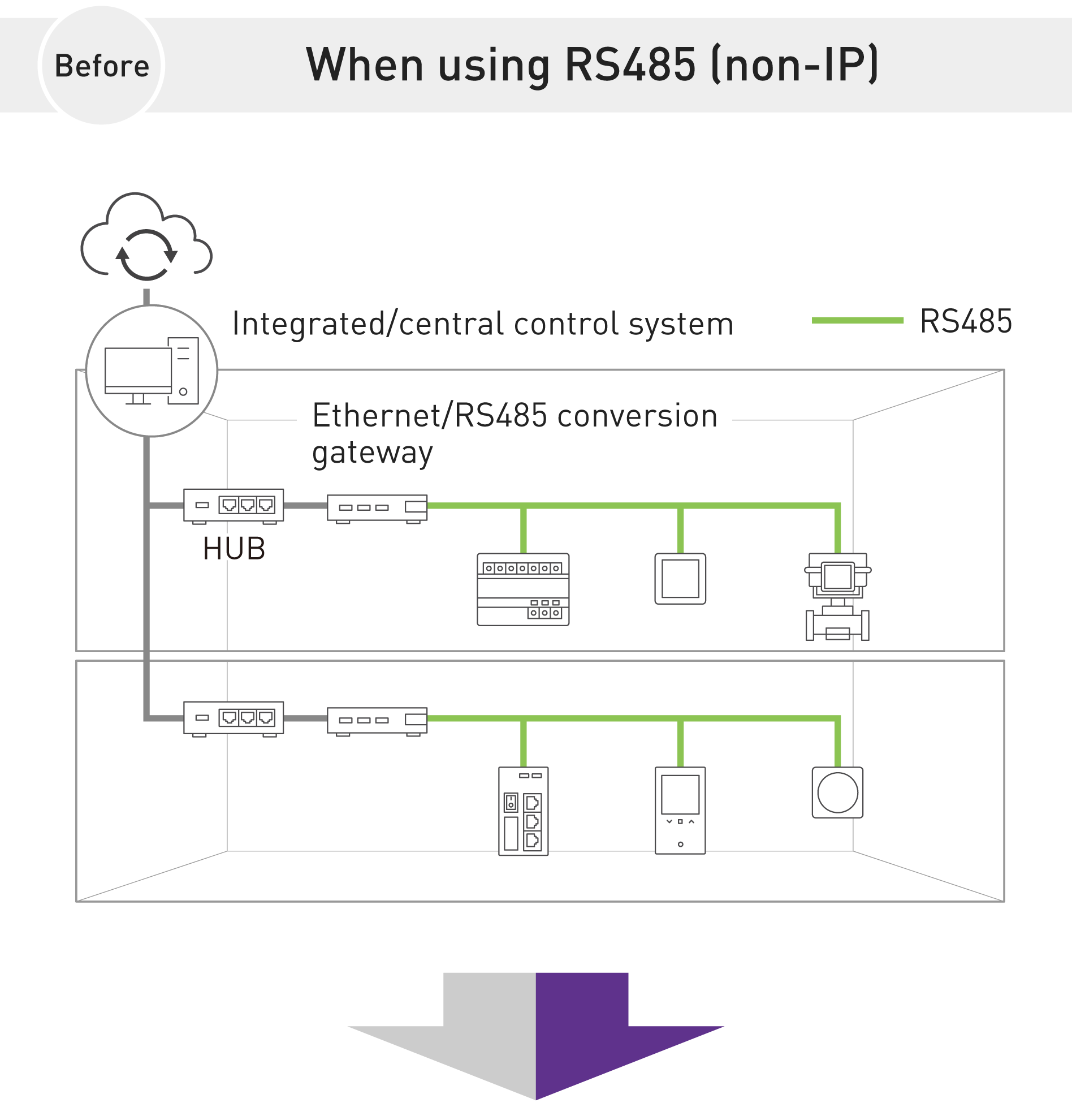
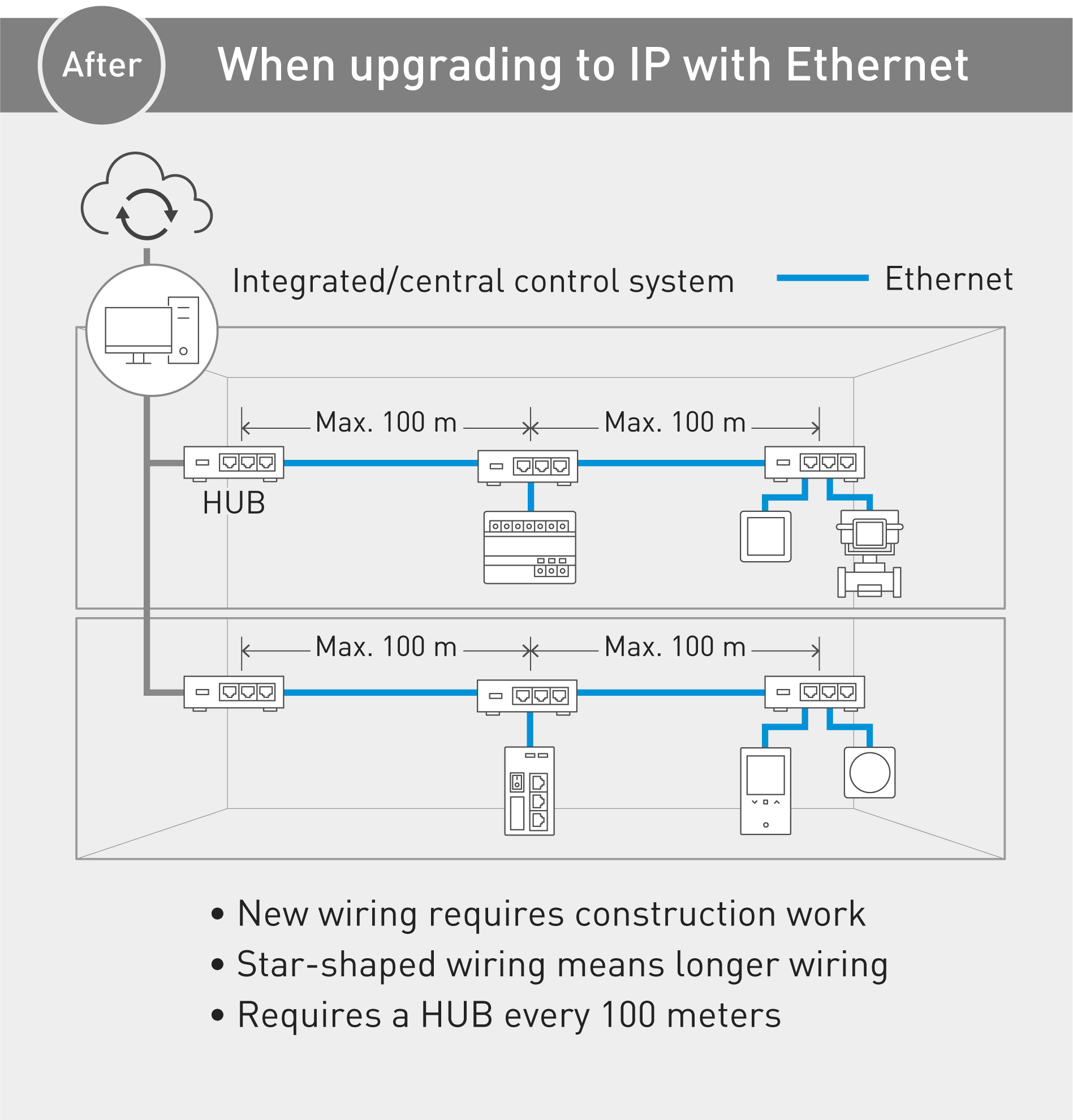
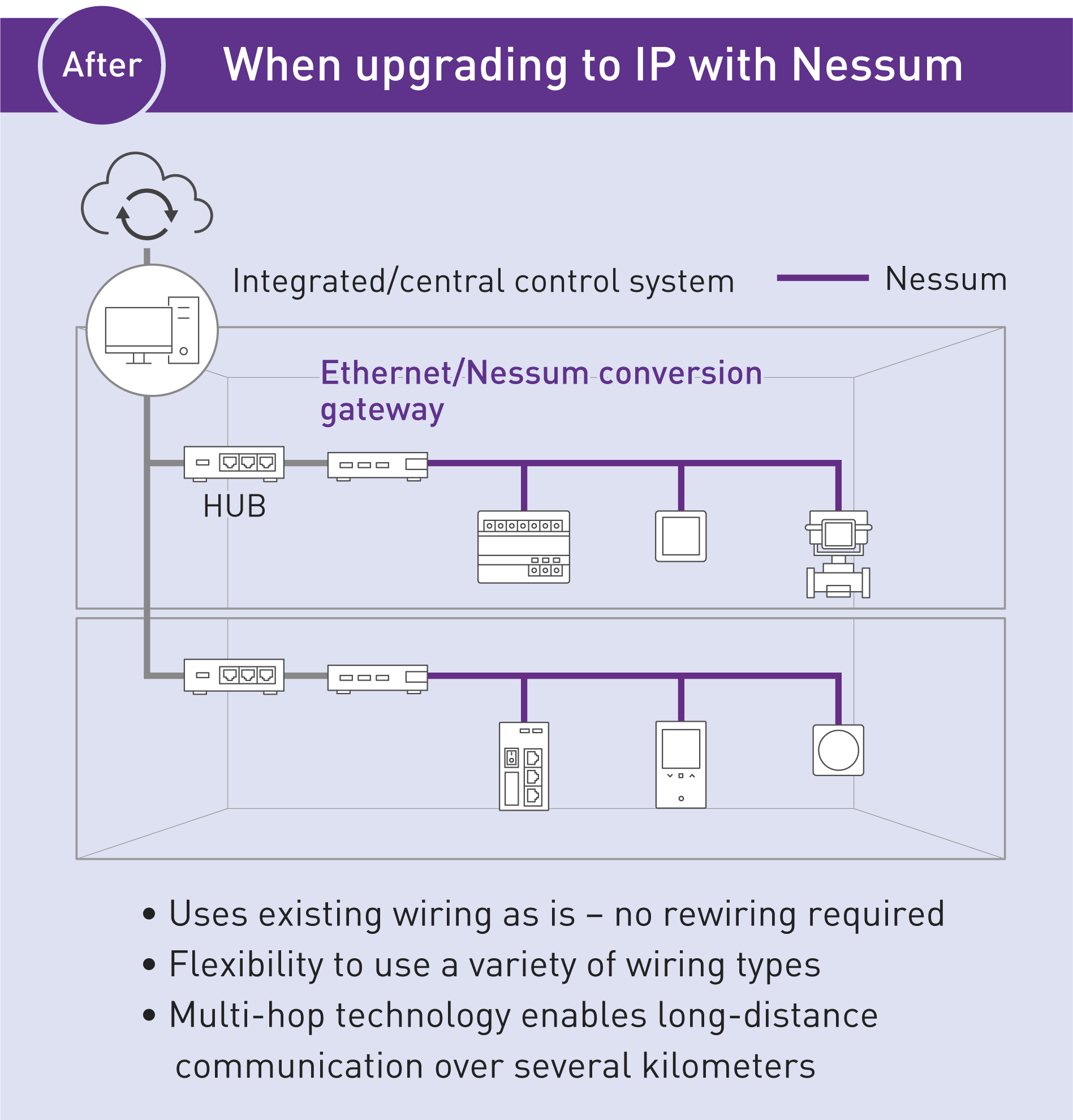
Ethernet specifications are defined in the IEEE 802.3 standards, and Single Pair Ethernet (SPE) is part of the IEEE 802.3 standard specifications. SPE enables Ethernet communication over a single pair of wires.
Understand the differences between Nessum and SPE, and find out how Nessum optimizes networking in building automation systems.
Transform Any Existing Wires into Communication Lines
There is wiring used for various purposes inside and outside buildings, such as dedicated lines, coaxial cables, and power lines. Nessum is compatible with the international standard IEEE 1901 series, enabling these existing wires to be transformed into communication lines. This eliminates the need for new communication cables, allowing networks to be constructed quickly and at a low cost.

- Works with a variety of existing wiring types
- Speeds up existing low-speed wired communication
- Supports long-distance coverage and IP conversion
Technical Features of Nessum
Simplified construction & low cost
A network can be built at a lower cost
Leveraging existing wiring (dedicated and power lines) eliminates the need for new LAN cable installation, significantly reducing construction costs and time. This enables a cost-effective transition to IP networking while minimizing disruption to building operations. The ease of installation of this system means a smoother and more efficient integration process for building automation stakeholders.
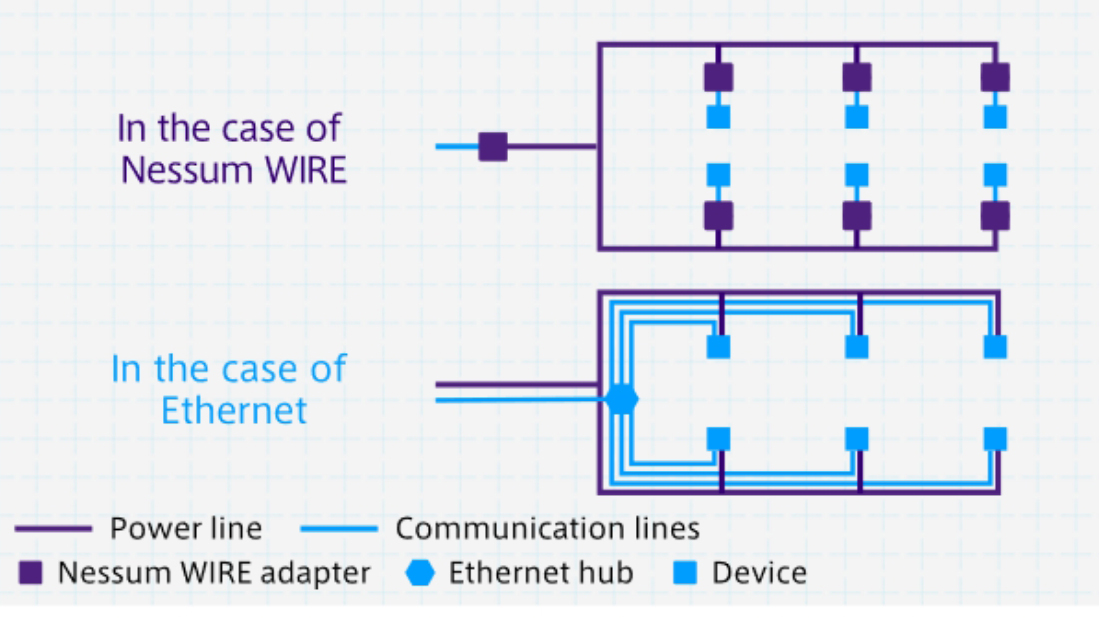
Speeding up existing low-speed wired communication
Mbps-based high-speed communication is possible
In preparation for the IoT era, there is a need to accelerate lines of communication such as RS485 Modbus, low-speed PLC, and HBS (IEBus). The introduction of Nessum will enable Mbps-based high-speed communication without changing these communication lines. This enables faster and more precise data integration and device control across building automation systems.
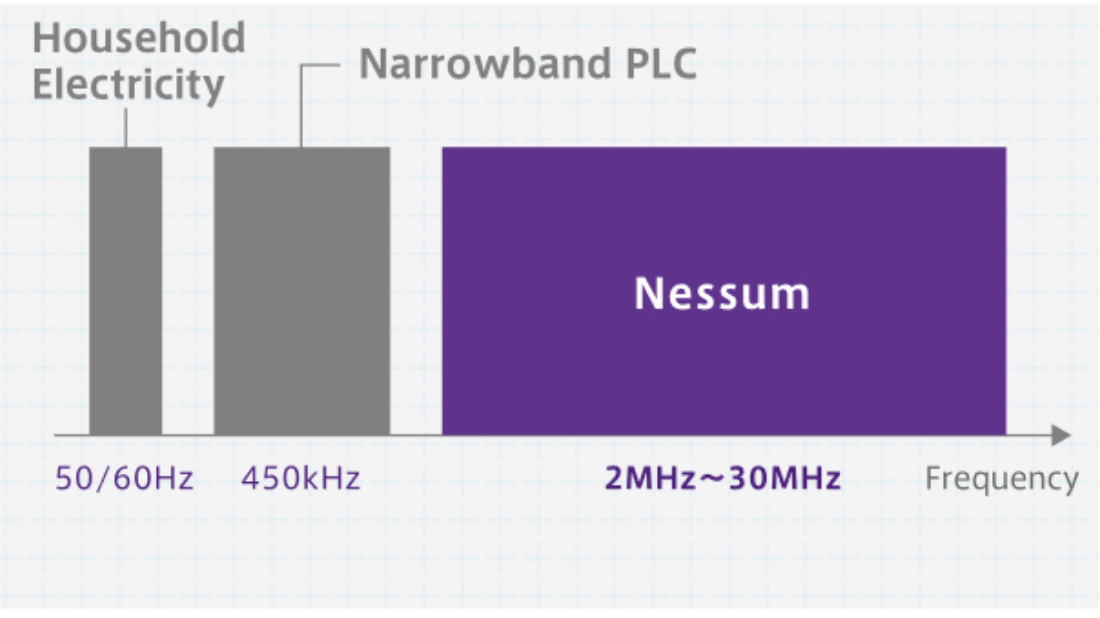
Long distance communication
Communication can be established over several kilometers
In commercial buildings, office complexes, and multi-tenant facilities, multi-hop technology that relays multiple subunits enables communication over several kilometers*. This ensures smooth connectivity and stable communication, even across large-scale building automation systems.
*The communication distance varies by use environment.
